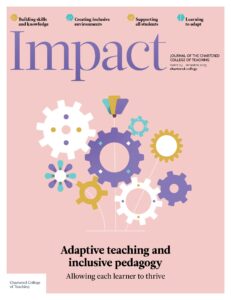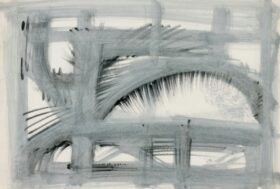Exploring models of disability and inclusion in the 21st-century classroom
Written by: Kathryn Downs

5 min read
KATHRYN DOWNS, TEACHER OF MATHS AND EVIDENCE LEAD, DIXONS UNITY ACADEMY, UK
I’ve been privileged to spend much of my teaching career working with a high number of students with SEND (special educational needs and disabilities). As a neurodivergent wheelchair user, I have a unique understanding of what it is like to face significant barriers to education. One of the biggest systematic barriers that I’ve experienced is the way in which society and non-disabled people perceive disabled people. These perceptions are often formed from stereotyping and stigmas around disability and can have a devastating impact on our young people if we are not aware of our own perspectives on disability and unconscious bias as educators. One way in which to address this is to consider different models of disability and their role in the classroom. In this article, I’m going to focus on the three models that have had the biggest impact on educational policy.
During the 1800s and 1900s, disabled an
Join us or sign in now to view the rest of this page
You're viewing this site as a guest, which only allows you to view a limited amount of content.
To view this page and get access to all our resources, join the Chartered College of Teaching (it's free for trainee teachers and half price for ECTs) or log in if you're already a member.
0
0
votes
Please Rate this content
Please login to comment
0 Comments
Oldest
Newest
Most Voted
Inline Feedbacks
View all comments










